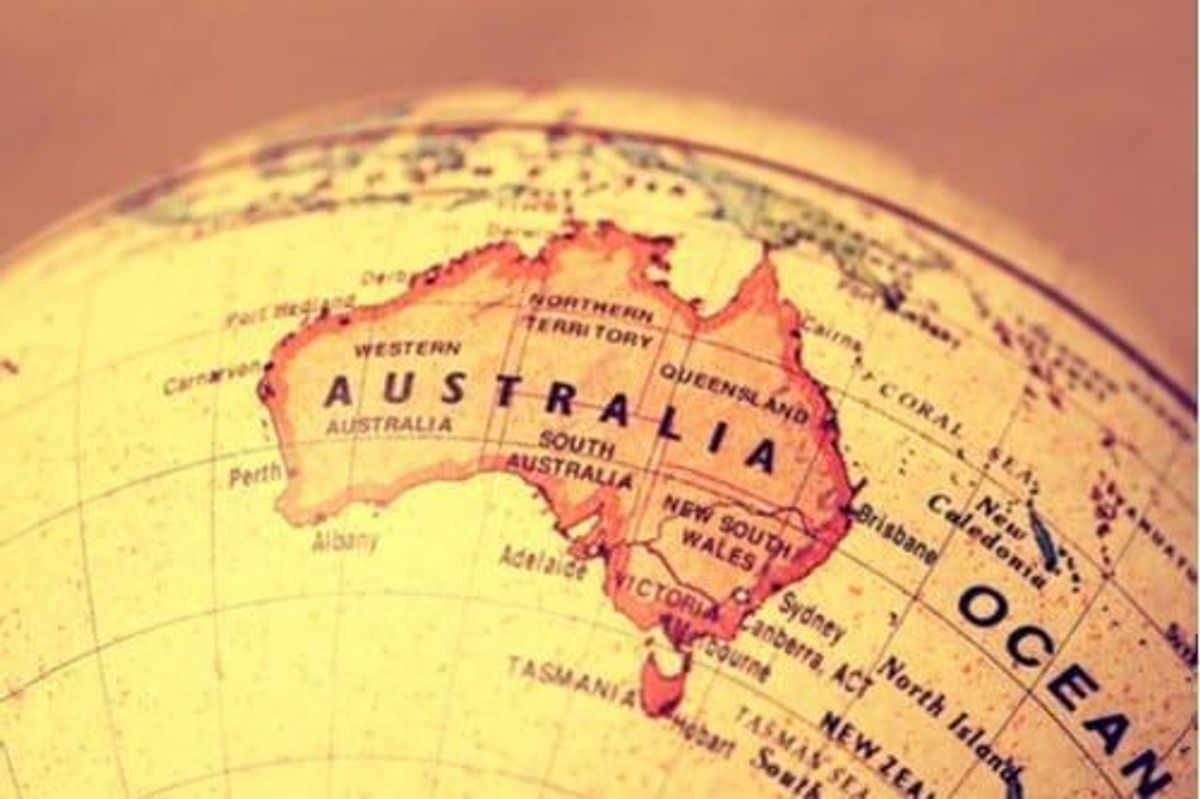Ultra-rare Mineral Reidite Uncovered in Western Australian Crater
Researchers from Curtin University have discovered reidite, a rare mineral, in the Woodleigh impact crater in Western Australia.

Reidite, an ultra-rare mineral, has been recovered from what is possibly the largest-known meteorite impact crater in Australia.
Reidite only forms in rocks that experience the pressure of slamming into the Earth’s crust from space. It initially starts as the common mineral zircon and transforms to reidite upon impact, hence its rarity.
Recent core samples taken by Curtin University researchers from the Woodleigh impact crater, located near Shark Bay in Western Australia, show zircon grains in the core that have partly transformed to reidite. Woodleigh is now the sixth-known crater on Earth to host the rare mineral.
The sampled drill core comes from the middle of the impact crater, an area called the central uplift. According to research supervisor Dr. Aaron Cavosie, central uplifts are desirable targets for learning about impact conditions.
“They bring profoundly damaged rocks closer to the surface, and in some instances, are associated with exploration targets,” he said in a media release. “Finding reidite at Woodleigh was quite a surprise as it is much rarer than diamonds or gold, though unfortunately not as valuable.”
The discovery came as part of an attempt to properly measure the size of the Woodleigh crater, which is buried below younger sedimentary rocks, making its full measurements unknown.
“Previous research estimated the size of the impact crater between 60km and more than 120km in diameter,” said Morgan Cox, lead author of a study on the findings and an honors student at Curtin’s School of Earth and Planetary Sciences.
“However, our discovery of reidite near the base of the core suggests a larger crater. The research team is now using numerical modelling to refine the size of Woodleigh and if we establish its diameter is greater than 100km, it would be the largest-known impact crater in Australia.”
Reidite’s five other known locations include the Xiuyan crater in China, the Ries crater in Germany and the Chesapeake Bay crater in the US.
Don’t forget to follow us @INN_Resource for real-time news updates!
Securities Disclosure: I, Olivia Da Silva, hold no direct investment interest in any company mentioned in this article.